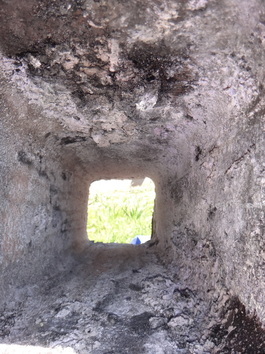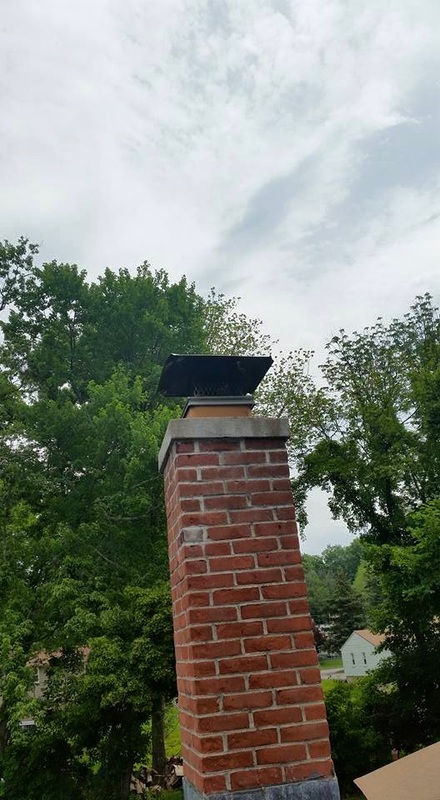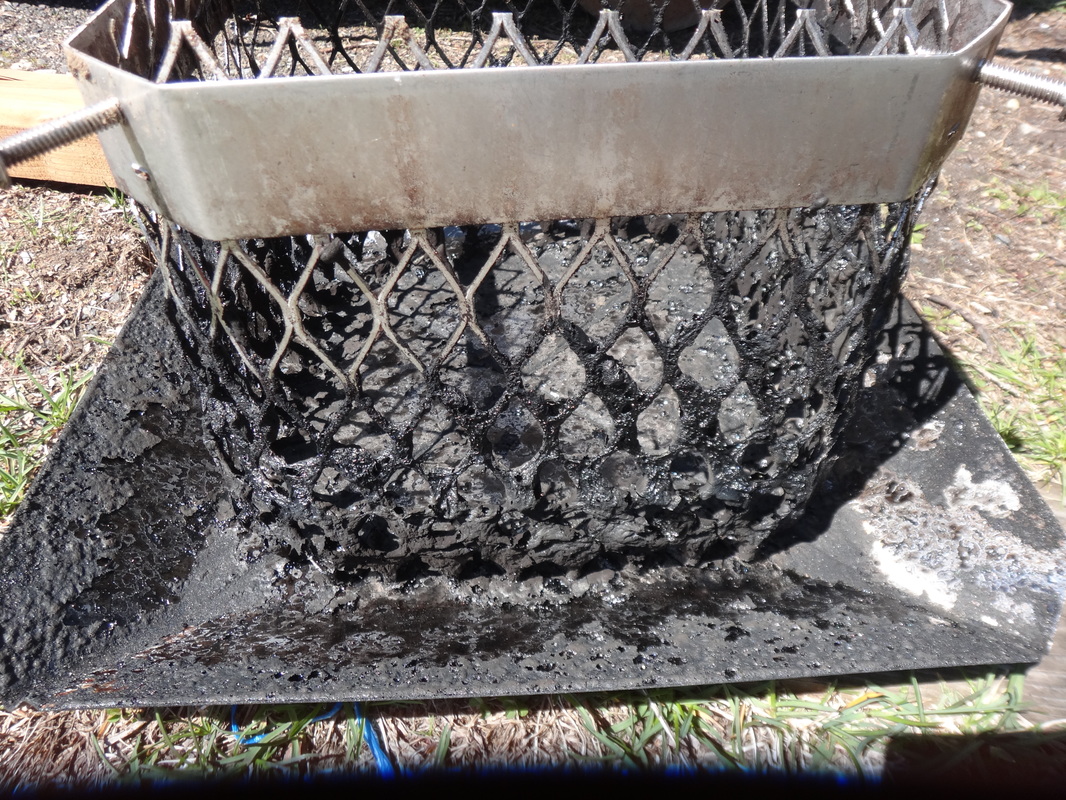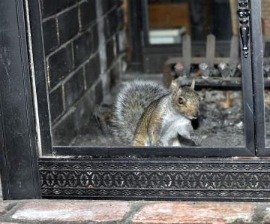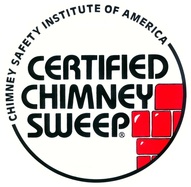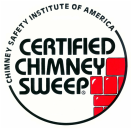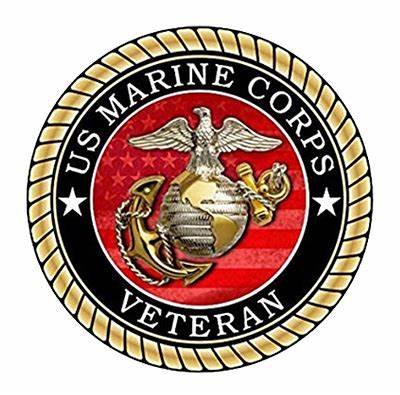Chimney Sweeping
|
Flue tile after a chimney fire showing extensive creosote built up.
|
|
The dangers of creosote build upCreosote varies in appearance. It can be black or brown, crusty and flaky, tar-like, drippy and sticky, or shiny and hardened. Many times, all forms can be found in one chimney system. Regardless of the form it's in, creosote is highly combustible. Sufficient build up and a high enough internal flue temperature could result in a chimney fire. There are conditions that encourage the buildup of creosote. Cooler than normal chimney temperatures, restricted air supply, and unseasoned wood are all factors that can contribute to the buildup of creosote on chimney flue walls.
|
Chimney cap with creosote build up.
|
|
|
Sweeping Your Chimney
Level 1 Inspections are included with all chimney sweeps. Generally the inspection and sweep will take between 30-60 minutes. Under most circumstances we sweep your chimney from the INSIDE of your home – through your fireplace or wood stove – and up through the chimney opening. In most cases this is the best method for dust control and chimney accessibility. A high speed rotary “brush” expands and scrubs the entire flue area, as well as the smoke chamber above the damper and the firebox, using centrifugal force; this modern system cleans much better than the old-fashioned hand and wire brushes. We lay drop cloths and use a large, custom vacuum that is specially designed to not allow any dust or soot to escape. We guarantee no mess to your home. After the inspection and sweep are completed, any concerns regarding your chimney will be discussed with you. You are under no obligation to hire us to make repairs. We pride ourselves on never using high pressure sales tactics, we will never pressure you into costly repairs. |
|
How often should a chimney be inspected and/or swept?
The National Fire Protection Association Standard 211 says, "Chimneys, fireplaces, and vents shall be inspected at least once a year for soundness, freedom from deposits, and correct clearances. Cleaning, maintenance, and repairs shall be done if necessary." This is the current national safety standard. It takes into account the fact that even if you don't use your chimney much, animals may build nests in the flue or there may be other types of deterioration that could make the chimney unsafe to use. The Chimney Safety Institute of America recommends that open masonry fireplaces should be swept at 1/8" of sooty buildup, and sooner if there is any glaze present in the system. This is considered to be enough fuel buildup to cause a chimney fire capable of damaging the chimney or spreading to the home. Factory-built fireplaces should be swept when any appreciable buildup occurs. The logic is that the deposit is quite acidic and can shorten the life of the fireplace. |
We encourage you to schedule your chimney inspection/cleaning directly after the burn season or early summer. Creosote and the byproducts of burning oil are highly acidic and cause damage to the flue liner the longer they remain in the flue. Calling in the Spring will also help you avoid the fall rush when we are usually booked 2 or more weeks out. Another advantage is that if your chimney does require repairs you’ll have more time to get them completed before the heating season starts.
|
|
What if I haven't used my chimney in a while?
You should have the chimney inspected by a certified chimney sweep prior to using any flu that has not been used for an extended period of time. There are many things that can happen to a flu over time that would require a cleaning or repair before use. A flue that has not been used may have become a home to animals, a previous owner may have blocked the flu to prevent access to animals, or natural shifting and movement could have caused voids or cracks in the flu. These are just a few examples of situations that would make the chimney unsafe to use. |
|
What does being CSIA certified mean?
The most important credential to look for is to make sure the sweep coming out to your home is Certified with the Chimney Safety Institute of America. Certified Chimney Sweeps have passed a rigorous test that examines their knowledge of codes, practices, and standards of the trade. They are regularly tested on their understanding on the complexities of chimney and venting systems. We are Certified with CSIA and take pride in the satisfaction of helping to keep your families and your homes safe. We treat every home with the same level of quality and care as our home. |
